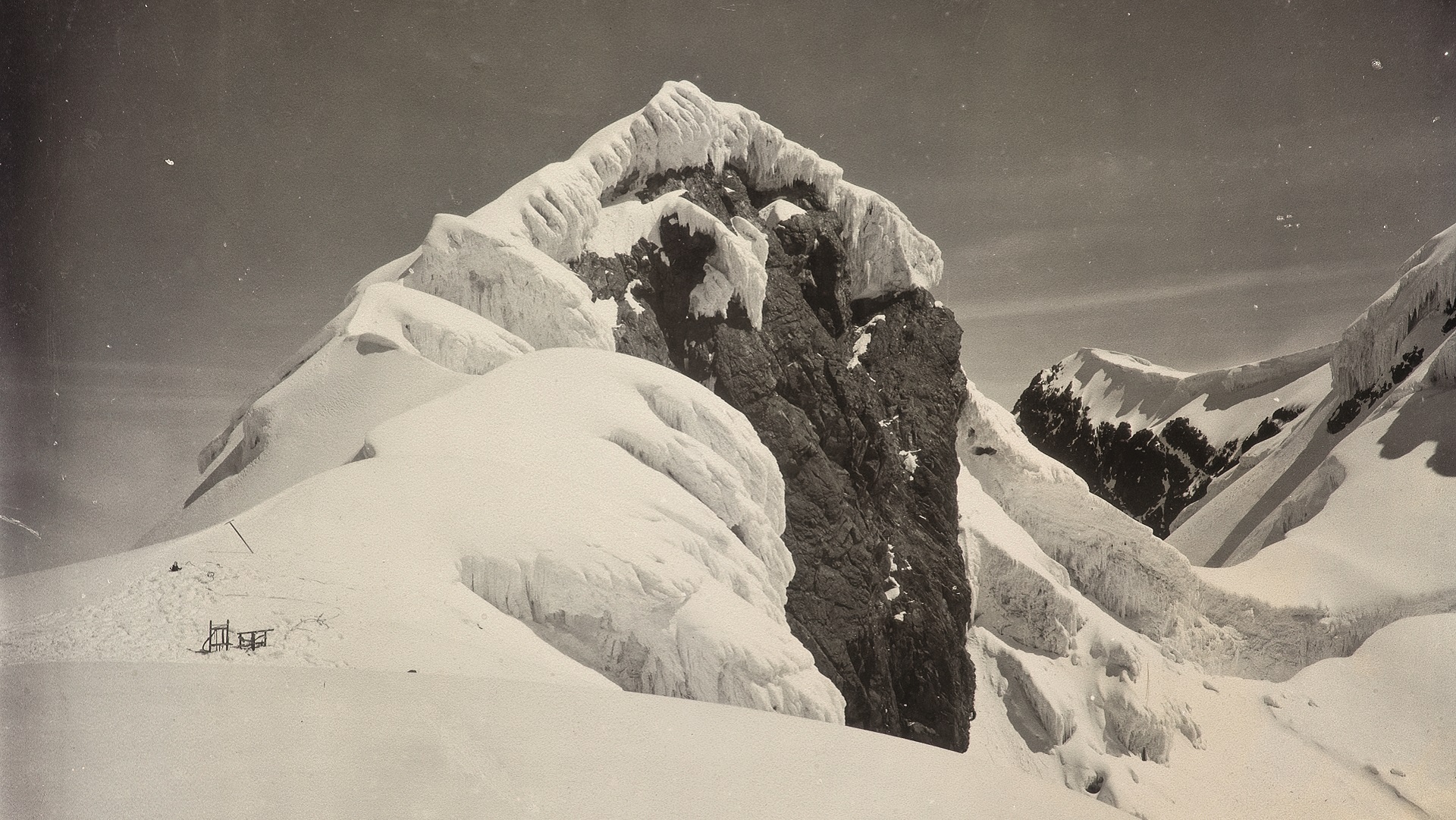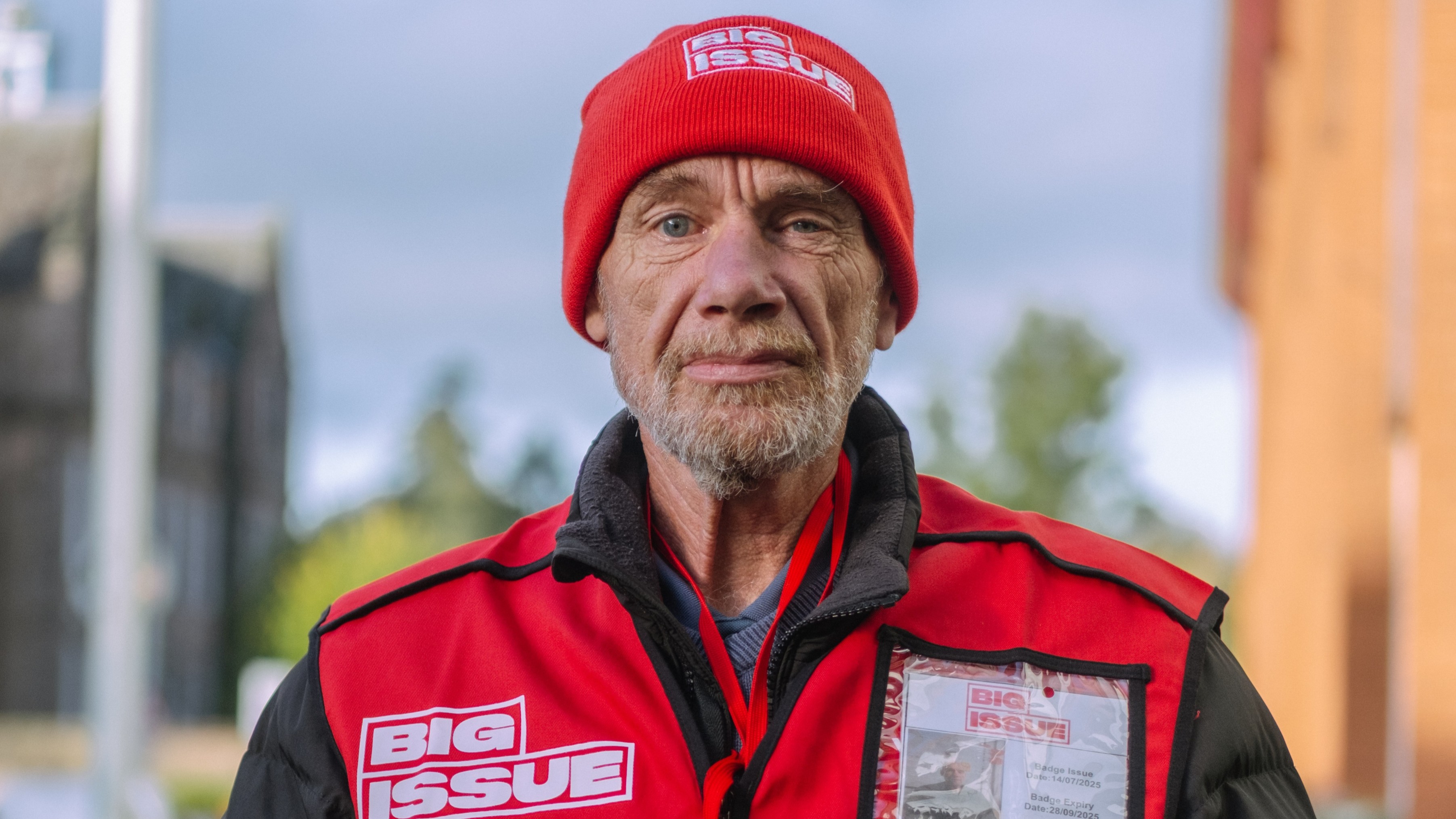The water vapourises again, forming clouds which in turn become rain, refreshing the apple orchards in these fertile valleys. Here, heavy snow doesn’t usually fall until after Diwali, by which time the fruits have been picked and sent to market.
But the farming calendar is having to adapt to an increasingly unpredictable climate.
One evening in November last year, snow (or shin, in Kashmiri) fell swiftly overnight, burying the orchards and damaging around half the state’s seven million apple trees.
The apples’ bright red skins developed blotches as ice crystals formed inside the protoplasm of their cells.
Mature trees collapsed as the weight of the snow split the gnarled trunks, branches broke away; other trees were completely uprooted; newly planted saplings destroyed, and to compound the disaster the farmers knew how much time the devastated orchards would take to rebuild. Five years for an apple sapling to begin to bear fruit; at least a decade before it matures and yields fully.
The loss of crops meant a harsh year for many. Wealth comes like the falling snow, wealth goes like the melting snow, an old Kashmiri proverb has it: ‘Yiwawani daulat pēwawún shín; Tsalawani daulat, galawún shín’.
Riches accrue slowly, yet they may disappear in a moment. Although snow is so ephemeral, it is also seen in some places as a symbol of eternity
In Korean, cheotnun, ‘first snow’ is particularly to be celebrated. The word for snow in Korean, nun, is the same word as is used for ‘eye’. And so if you experience the first snowfall of the year – cheotnun – with someone you have eyes for, it is said that true love will drift into your arms.
Advertising helps fund Big Issue’s mission to end poverty
Snow is omuzira in Luganda, a Bantu language and one of the main languages spoken in Uganda. Omuzira is abundant on the peaks of the dramatic 120-kilometre Rwenzori mountain range on the border between Uganda and the Democratic Republic of the Congo.
Rwenzori means ‘rainmaker’ and the melting snow and glaciers of Rwenzori provide some of the River Nile’s water. On the peak of Mount Stanley, the third-highest mountain in Africa at 5,091 metres, snow clings to all but the most precipitous rock faces and undulates softly over uneven outcrops on the summit.
Mount Stanley has been the focus of ascents by many international mountaineers over the last century, and now the photographs they once took to celebrate their achievement and magnify the glories of the natural world are a means for scientists to make comparison of snow cover, then and now.
In 1906, the Rwenzori had 43 named glaciers distributed over six mountains with a total area of 7.5 square kilometres –half the total glacier area in Africa. By 2005, less than half of these were still present, on only three mountains, with an area of about 1.5 square kilometres. By comparing the photographs of early mountaineers with their own data, scientists believe that by 2030 there will be no glaciers left on the ‘rainmaker’.
Those snow flakes that once fell on the glaciers of the Rwenzori peaks in Africa might flow into the Nile and later freeze again and fall in the apple orchards of Kashmir, and melt again and fall 50 times and more, drifting north to the Norwegian fjords or the streets of Birmingham, or southwards across the ocean to Patagonia.
Inevitably, the language of weather and climate also makes us look into the future, considering what humans will miss, as so many countries see fewer and fewer snow flakes falling and some years now, none at all.
Advertising helps fund Big Issue’s mission to end poverty
Fifty Words for Snow by Nancy Campbell is out now (Elliott & Thompson, £12.99)





